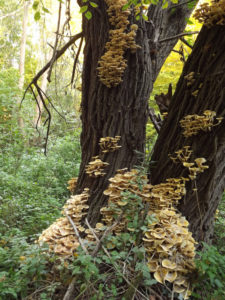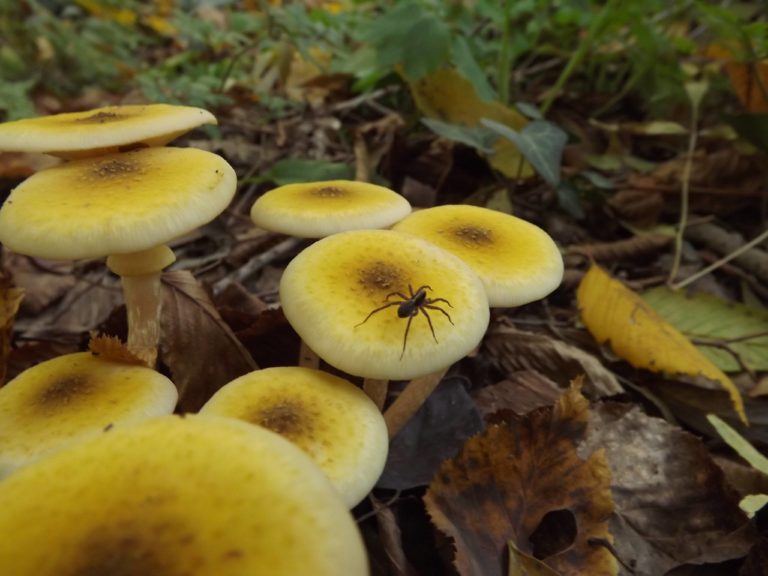 As part of an international team, researchers at the Joint Genome Institute (JGI) helped sequence and analyze four fungal genomes of the genus Armillaria. Often called the humongous fungus, Armillaria form some of the planet’s largest living organisms. They are also among the most devastating fungal pathogens, capable of breaking down all of the components of a host plant’s cell walls. The team compared the four Armillaria genomes against 22 fungal genomes, many of which were previously sequenced and annotated by the JGI, and cataloged 20 gene families related to pathogenicity. They also identified plant cell wall degrading enzymes of potential interest to researchers looking for methods to convert plant biomass into alternative fuels or other bioproducts. JGI Fungal Program Head Igor Grigoriev, along with JGI colleagues Robert Riley, Kerrie Barry, Juna Lee, Sirma Mihaltcheva, Kurt LaButti, and Anna Lipzen were co-authors on the study, published in Nature Ecology & Evolution. Read more in the JGI press release. Click here to see coverage in the New York Times.
As part of an international team, researchers at the Joint Genome Institute (JGI) helped sequence and analyze four fungal genomes of the genus Armillaria. Often called the humongous fungus, Armillaria form some of the planet’s largest living organisms. They are also among the most devastating fungal pathogens, capable of breaking down all of the components of a host plant’s cell walls. The team compared the four Armillaria genomes against 22 fungal genomes, many of which were previously sequenced and annotated by the JGI, and cataloged 20 gene families related to pathogenicity. They also identified plant cell wall degrading enzymes of potential interest to researchers looking for methods to convert plant biomass into alternative fuels or other bioproducts. JGI Fungal Program Head Igor Grigoriev, along with JGI colleagues Robert Riley, Kerrie Barry, Juna Lee, Sirma Mihaltcheva, Kurt LaButti, and Anna Lipzen were co-authors on the study, published in Nature Ecology & Evolution. Read more in the JGI press release. Click here to see coverage in the New York Times.




